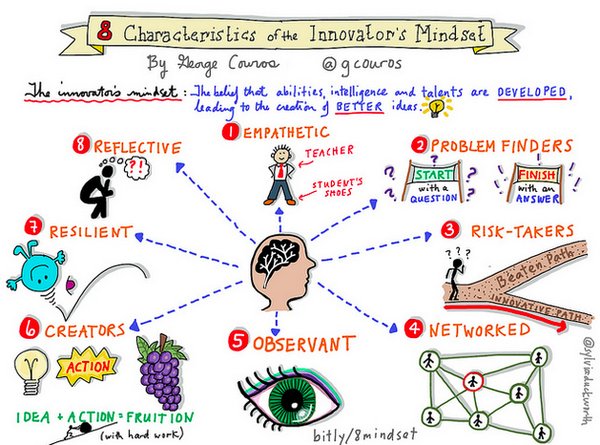As one of the guiding principles of learning in the Winnipeg School Division, I based most of my classroom practices around the goal of engaging students. Engagement is not a buzzword but a practice, of captivating student’s attention, and having them invested in what content they are learning. Making learning interesting. Fun even. By keeping this as a central idea close to my heart while I taught, I thought I was putting students at the center of my pedagogy. I still think I am, putting students first that is. Engagement is good practice. But maybe I set the bar too low.
George Couros admits in his book, that even in his early days of teaching, he believed that engagement was enough. It’s not that engagement is bad practice. But as George goes on to explain by quoting Bill Ferriter, “Engaging students means getting kids excited about our content, interests, and curricula.” Still sounds pretty good to me. Until I read further.
Empowerment
Empowering students “means giving kids the knowledge and skills to pursue their passions, interests, and future”. We need to raise the bar from just settling for engagement through good content and practice, to empowerment. It’s easy to do an inquiry project, or genius hour as a “one-off” empowering activity, but how do you embed this idea mindset into our classroom environment? I do not have the answer yet, but I certainly hope to continue to learn and find out.
“Empowering students to succeed in school and life – means that we pay attention to the skills companies are seeking.”
As a high school teacher, I admit to occasionally resorting to an old adage, referring to my duty to adequately prepare students for the “real world”. George reminds us that this “real world” is the world we all live in, not some futuristic society. In Thomas Friedman’s article which George references titled, “How to Get a Job at Google”, there are five hiring attributes that the company desires in its employees: cognitive ability, leadership, humility, ownership, and expertise.
As teachers yes we want students to have these, as both Thomas and George point out. But I couldn’t help but notice that in order for an educator to truly embrace the innovators mindset, an effective teacher must have these attributes as well.
- Empowerment to process on the fly, learn new tools and technology, and adapt to student needs.
- Leadership to recognize when to relinquish power to the students, and allow them to take control of their learning environment.
- Humility to admit that you don’t know everything, and building a professional network to help support your weaknesses and foster creativity.
- Ownership to work on solving organizational problems within the classroom/school/division and rise above them to benefit students.
- Expertise: specifically listed as the least important attribute by Friedman, although some content knowledge is required to teach a subject area, thinking you already know the answer can’t keep you from exploring new and exciting options.
Jeremy Midford – Children of the Earth High School

